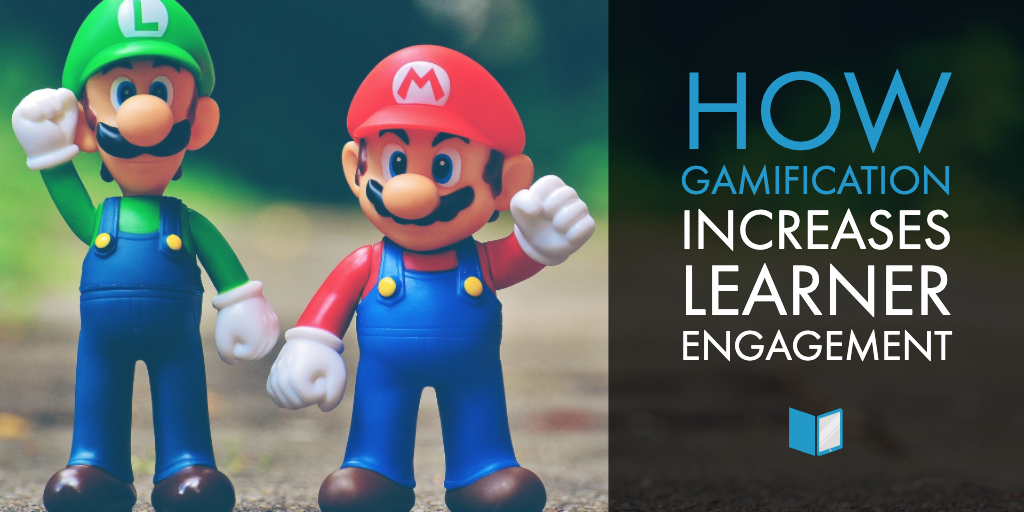With 183 million active gamers that play an average of 13 hours a week in the US alone, it comes as no surprise that gamification is a hot eLearning topic right now. This of course includes the gamification of corporate training and business productivity tools, as it boasts benefits ranging from better retention of knowledge to higher employee engagement.
In our last post on gamification, we spent a great deal of time talking about its impact on knowledge retention. Today, we’ll dive into the more fun aspects of gamification that make it so engaging.Engagement is a Must-Have in Today's Society
Take marketing as an example. Every marketing strategy is about creating meaningful interactions with people through engagement. The more engaged your current and prospective customers are with your content, the more likely they are to remember your product down the line and form some sort of brand loyalty. The same can be said about the medical field - the more engaged a doctor is with their patient, the more reassured the patient will feel that they’re getting quality care.
Engagement in online learning is important for similar reasons - you want your learners to “buy in” to the process and go with it, rather than fight against it.
You also want your learners to enjoy the process of learning. If they can absorb the information in their course material in a fun and entertaining way, they’re more likely to continue through the entire course, actively engage with their resources and further their potential for success in leveraging that knowledge.
Engagement in the Traditional Classroom
Remember what it was like to sit in a traditional classroom? The teacher, instructor or professor would stand in front of a class and speak at the students. Some students may diligently take notes while others doze off, causing learner results to be variable. In classrooms of 200 people or more where you're getting talked at for an hour or two, you might not even bother to show up!
When you break those same large lectures into smaller discussion sections in which 10-15 learners meet up with the instructor to discuss concepts and go over assignments, suddenly there’s a shift. Not only does attendance increase, but it also makes it easier to actively engage with and remember the information delivered in those smaller breakout sessions.
How Does Gamification Increase Engagement?
The same principles stand for creating engaging eLearning materials. Sure, you could simply record a video or put together a slideshow and throw some information up on the screen for your learners to watch and click through. But, if they’re given the opportunity to engage in some way, they’re more likely to recall it later.
For example, if - after learning about a new product - your learners are tasked with virtually building the product by putting the pieces together in an online game, they’ll have fun completing the challenge and be more likely to recall the building process at a later date.
Gamification ultimately increases learner engagement because learners are given the opportunity to put their naturally competitive and social instincts to work. Having a leaderboard creates an incentive for learners to angle themselves for the top of the charts against their peers. In the context of corporate training, an employee learner wants to not only stand out amongst their peers but also look good in front of their boss.
This engagement does more than just improve memory and induce a little fun (hopefully) into the content. For starters, employees that feel more engaged with their jobs and their training tend to be more satisfied with their jobs overall. As a result, you could see less turnover and more employees striving to move up the ranks and take on new challenges. They’re also more likely to continue with optional eLearning modules and be more enthusiastic about any mandatory training they may need to take.
Ready to start creating engaging content your learners want to dive into?






Leave a comment